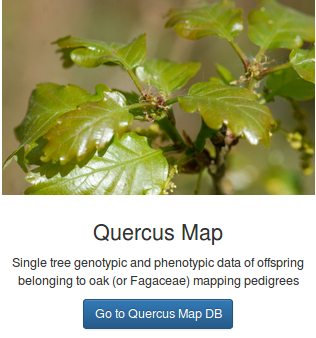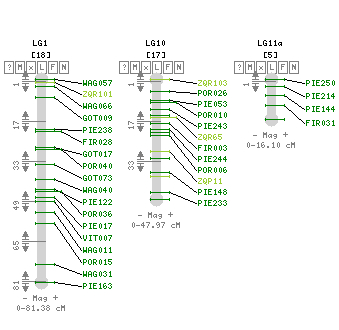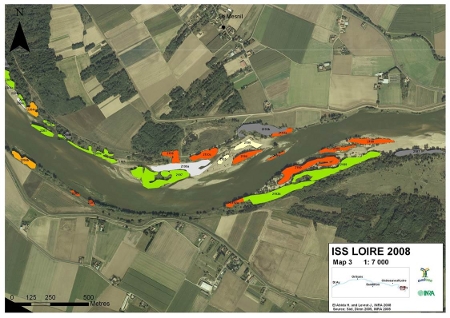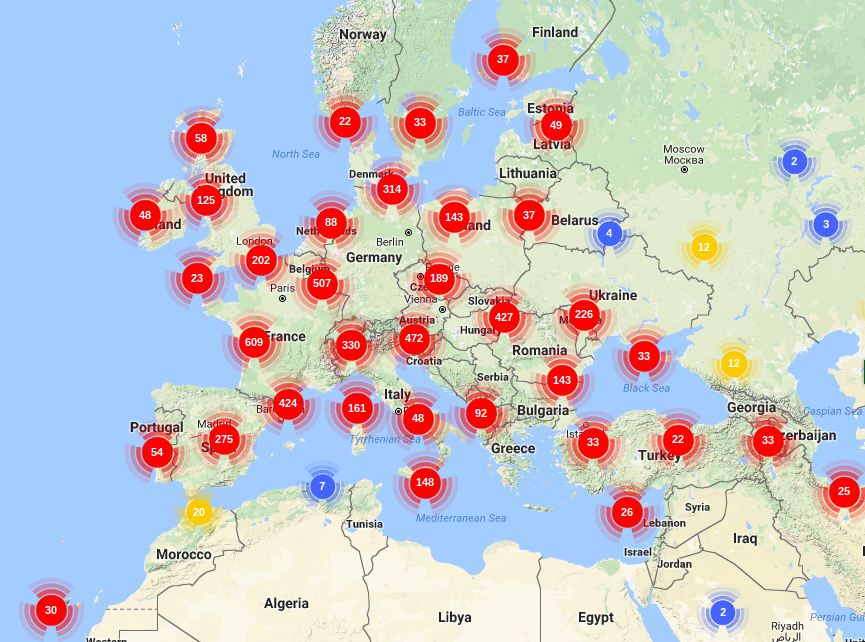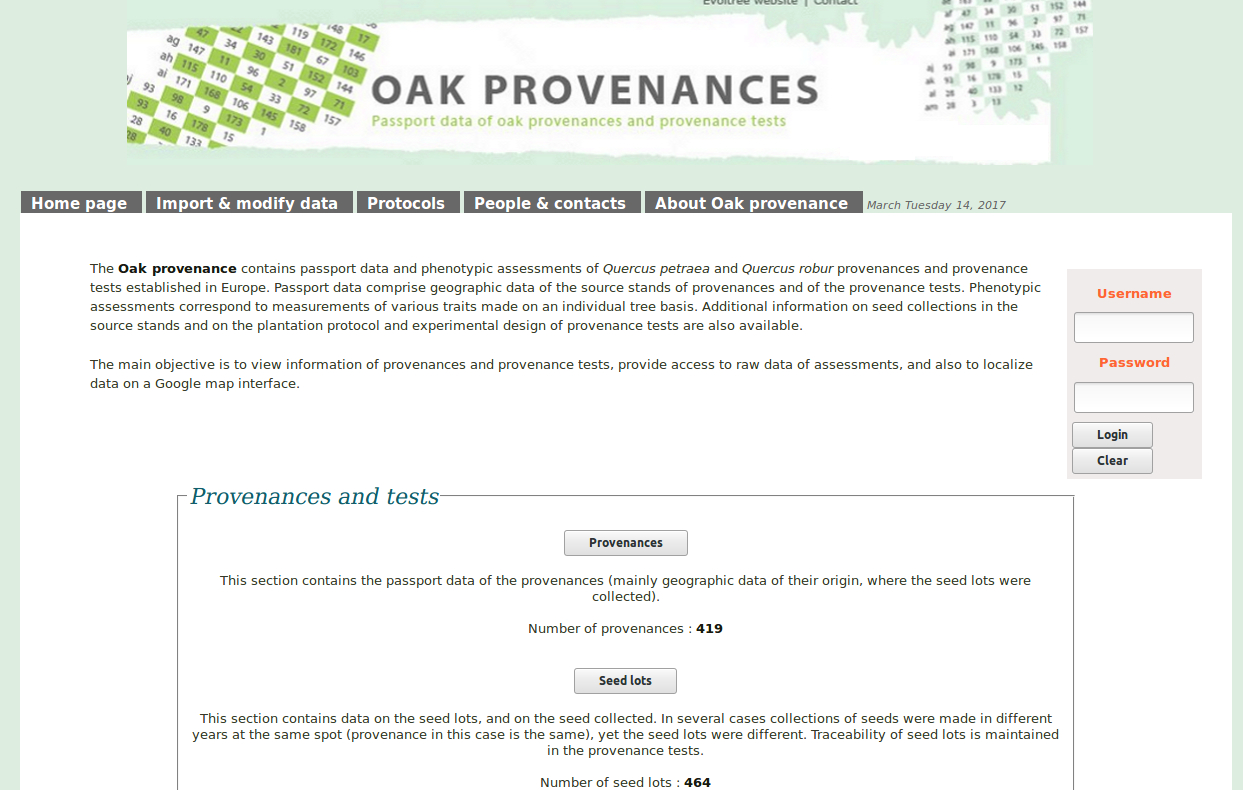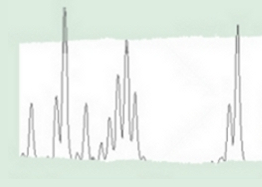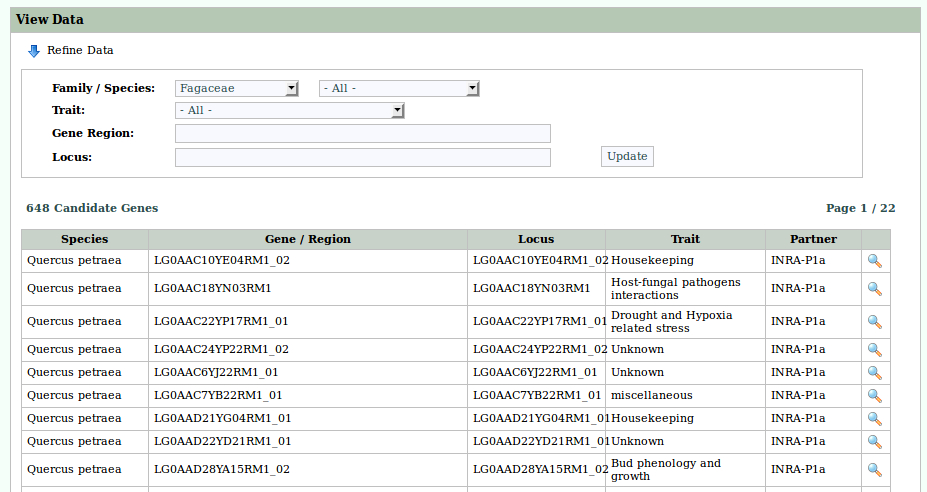QuercAdapt
Relationship between ecological gradients and adaptive genetic variation in oaks
Funded by the Federal Office for the Environment (FOEN), Switzerland
January 1 2012 to December 31 2014
Website: http://www.wsl.ch/fe/biodiversitaet/projekte/QuercAdapt/index_EN
Executive summary
Owing to the ongoing climate change, forest plantation is likely to increase in the future, in order to react to altered environmental conditions. The goal of the QuercAdapt project is to evaluate if the most abundant oak species in Switzerland (pedunculate oak Quercus robur, sessile oak Q. petraea, and downy oak Q. pubescens) are adapted to their environment regarding the different seed regions and under different climate scenarios.
By using an environmental association analysis, we study the relationship between the presence of gene variants and local environmental conditions. We focus on top-climatic factors and aspects of water and nutrient budgets, which play decisive roles in the ecological niche of the three most important oak species of Switzerland.
With our study, we want to answer the following questions:
- Do oaks show variation in gen-encoding DNA (alleles) that can be associated to differences in environmental factors ?
- Can we find differences in allele frequencies that are consistent with the environmental conditions in different seed regions and approved stands for commercial seed harvest ?
- Is it necessary to reconsider the classification scheme of the seed regions or of approved stands for commercial seed harvest due to the altered environmental conditions in the future?
- Can we determine the adaptedness of a provenance by genetically analyzing the reproductive material?
We apply modern molecular-genetic methods (e.g., DNA microarrays), which allow us to quantify within-population variation at a large number of gene loci. Regression-based analyses shall indicate, which gene variants occur under which local environmental conditions. We further consider species assignment, but also spatial genetic structure, which has arisen through historical processes such as postglacial re-colonization. To do so, we study nuclear microsatellites and markers within the chloroplast genome. The outcome will help us to deduce recommendations about the relevance of the current delimitation of seed regions as well as the use of potentially adapted reproductive material for silvicultural measures.
Contacts
Christian Rellstab (christian.rellstab@wsl.ch)
Felix Gugerli Künzle (felix.gugerli@wsl.ch)

